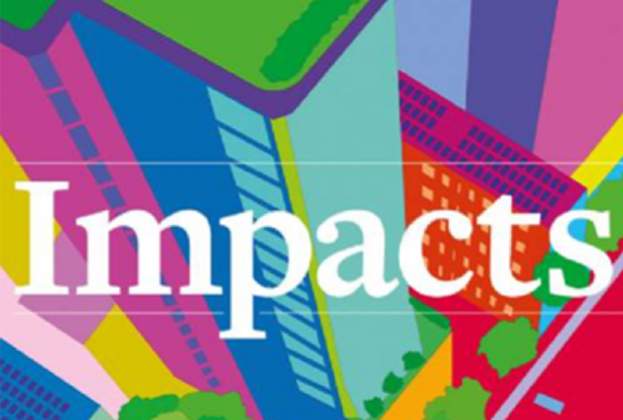In February, Savills released the third edition of its Tech Cities index, which measures 30 global cities against 100 individual metrics to establish where the optimal homes are for tech and start-up companies around the world. Absent from this and previous years’ indices was Prague, which failed to muster enough venture capital to qualify for the ranking. However, on several other key measures (using not always the same but broadly similar metrics) the Czech capital actually performs rather well.
VC investment volumes across the 30 Tech Cities rose from $37.0 billion in 2012 to $207.8 billion in 2018, giving an average of $5.8 billion. Chinese Tech Cities have risen fast, and now account for a higher share of VC investment than their US counterparts; Beijing recorded an average $34 billion of VC investment per annum over the last three years – volumes higher than even those of New York and San Francisco, the cities occupying the top two places in this year’s ranking. Set against this, Prague’s average annual VC investment over the three-year period (for headquartered companies only) was a paltry $12.7 million.
However, there is a lot more that goes into making a successful Savills Tech City than just VC investment.
The assessment for each city comprises over 100 individual metrics, ranging from the number of days needed to start a business through to the cost of a flat white coffee. These metrics are grouped into the following six categories, which are then weighted to reflect its importance to the tech sector:
- Business Environment
- Tech Environment
- City Buzz & Wellness
- Talent Pool
- Real Estate Costs
- Mobility
Metrics other than VC in the Tech Environment category come out better for Prague. The city’s number of startups per 1,000 inhabitants is on the low scale at 0.9 per 1,000 people, compared with an average of 2.2 across the 30 cities and the highest ratio of 22.7 for San Francisco. But Prague’s figure is on a par with Barcelona, Berlin, Dublin and Stockholm, and significantly higher than other tech cities such as Buenos Aires, Cape Town, Hong Kong, Melbourne and Seoul.
Doing business
In other categories Prague would appear to perform even better. In the Business Environment category, Prague would be well placed in the ease of starting a business metric if that were solely based on the World Bank’s Doing Business survey. The Czech Republic ranks in 35th place on the latest World Bank ranking, which would put Prague in the top half of the table, above the cities of the Netherlands (Amsterdam), China (Shanghai, Beijing, Shenzhen Hangzhou, Chengdu), Israel (Tel Aviv) and India (Bengaluru), amongst others.
Other metrics within the Business Environment category include passengers across city airports and annual passenger growth at those airports. Prague’s figures are 16.8 million and 17.9 per cent, respectively, which would put it bottom of the list for absolute numbers (Prague is a relatively small city), but its rate of growth is almost three times the average of 6.9 per cent for the 30 cities.



